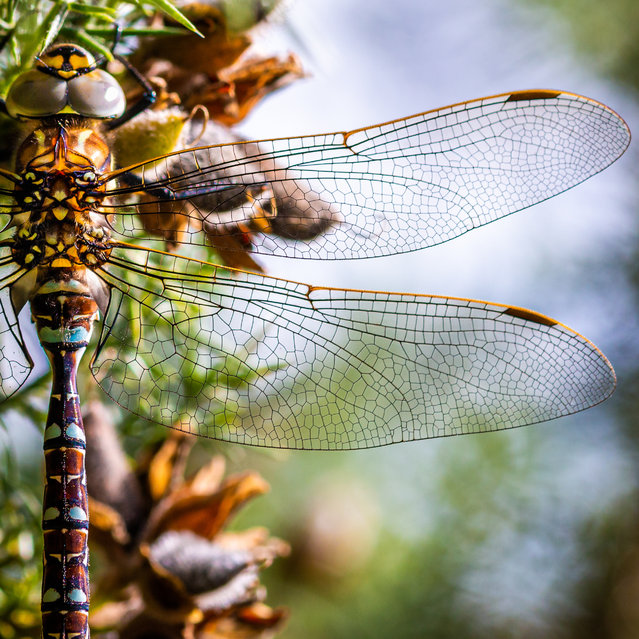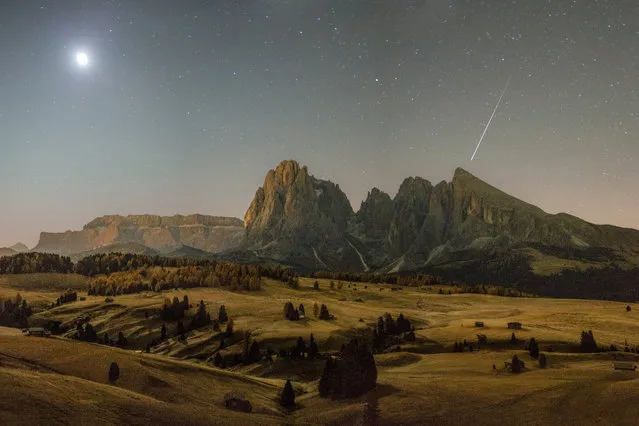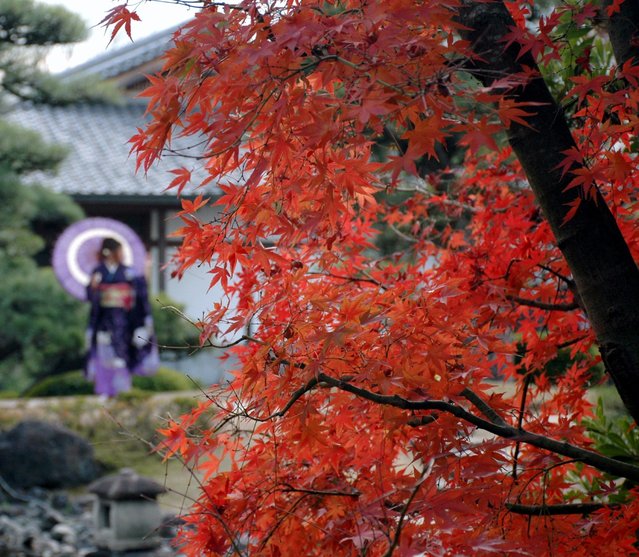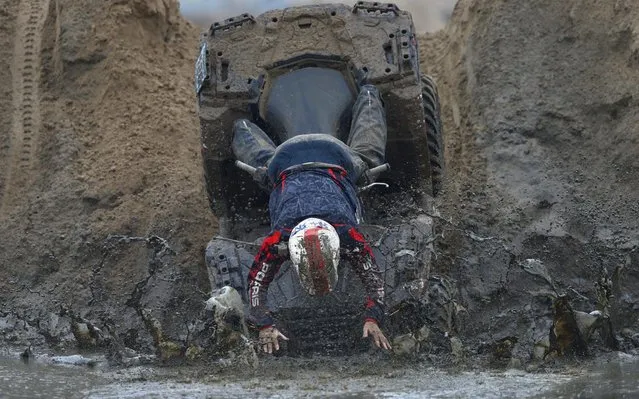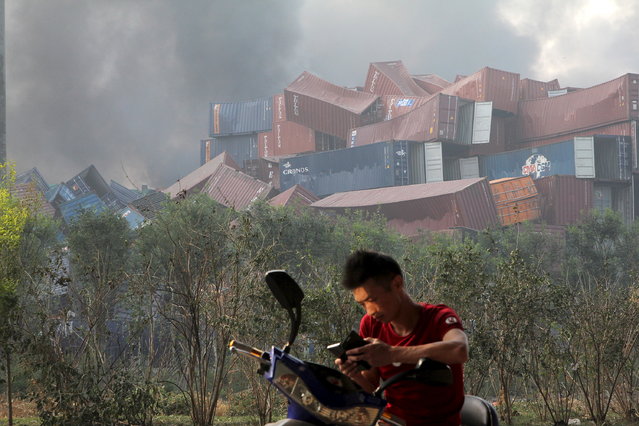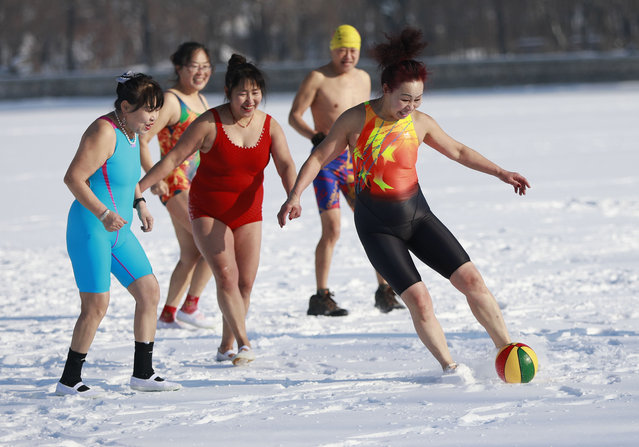
Chinese women run with a ball on a snow covered field in Shenyang in China's northeastern Liaoning province during International Women's Day on March 8, 2018. International Women's Day is celebrated on March 8 every year and commemorates the movement for women's rights. (Photo by AFP Photo/Stringer)
10 Mar 2018 08:12:00,post received
0 comments

